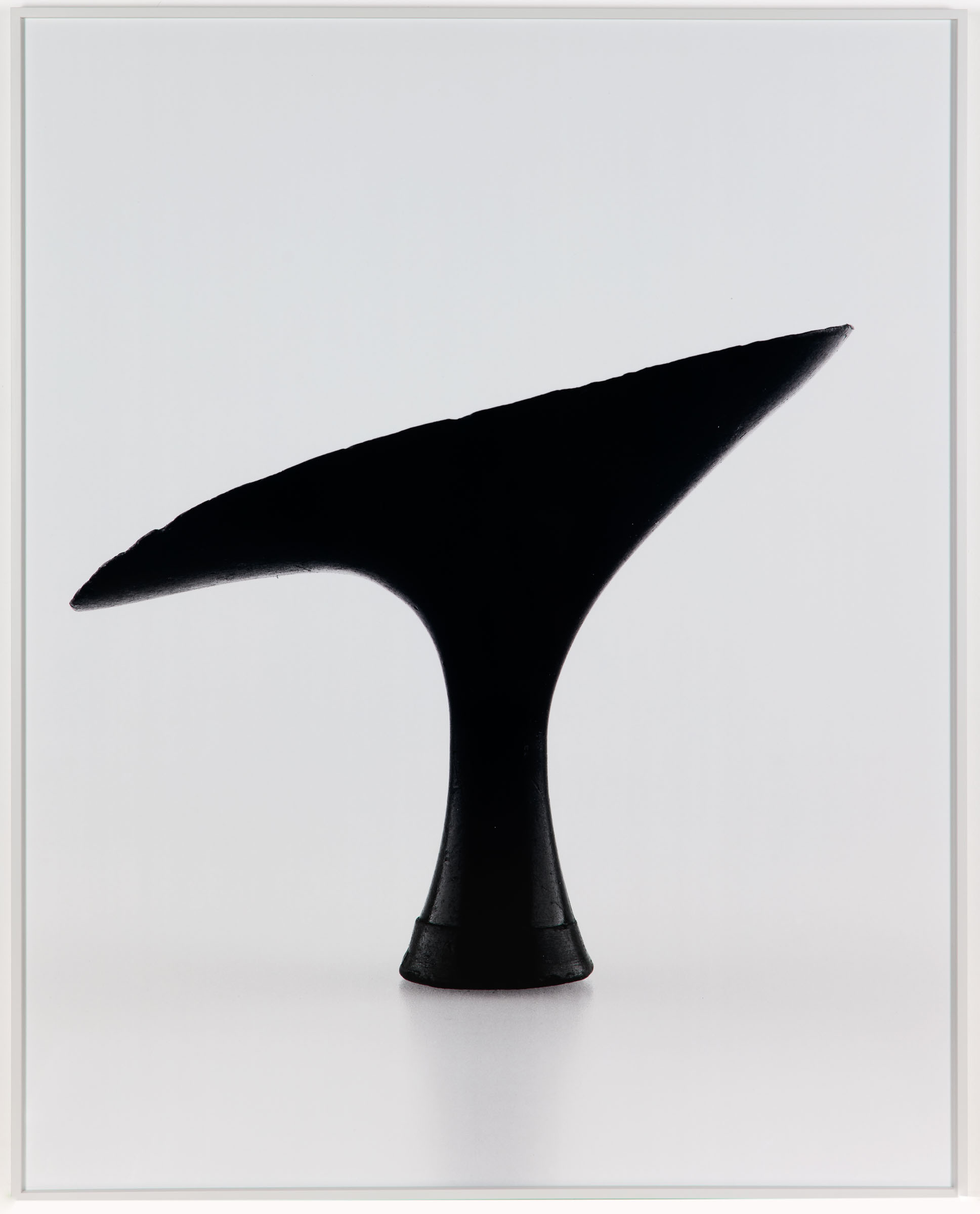I would like to say something about the "Avant-Garde and Liberation” exhibition on two levels: firstly, what I saw and secondly, how I perceived this exhibition.
I was very touched to see so many impressive works by artists from the so-called “Global South”. Finally, no Western-dominated Eurocentric presentation.
What are their views on issues such as racism, sexism or ecological challenges? How can a decolonized language succeed? What can the Western world learn from them?
Each work tells its own story. From abstract paintings to provocative installations and political posters - the exhibition covers a broad spectrum and shows how closely art and social change are interwoven.
However, visitors are intellectually challenged, as there is no common thread running through the exhibition.
And at a time when diversity and inclusion are becoming increasingly important in all areas, especially in the art world, the choice of curators unfortunately seems out of date. The perspectives represented in the exhibition may be limited by the fact that they are viewed through a specific, Western-influenced and privileged lens.
Decolonized and, above all, more comprehensible language is a continuous process of learning, questioning and adapting. Above all, it requires voice and sensitivity to ensure that language is inclusive, respectful and free from colonial power structures. Through these measures, we can help promote more equitable and respectful communication.
Nevertheless, I would highly recommend this exhibition because there are absolutely amazing objects on display that are touching and thought-provoking.
